'British Design 1948-2012: Innovation in the Modern Age' at the V&A, London
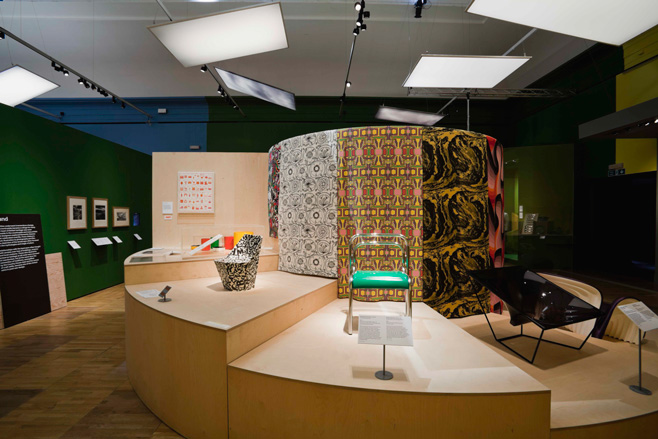
With all eyes soon to be fixed on London for a certain sporting affair this summer, the V&A's new exhibition - an homage to the creative spirit of Britain's design story over the past 60 years - is shrewdly timed. Using the 1948 London ‘Austerity Olympics’ (the scaled-back post war games) as its starting hook, the show's buoyant, can-do attitude echoes the spirit of current Olympic anticipation.
This is the first time the subject of British post-war design and art has been tackled on such a scale. The narrative, bolstered by over 350 objects (250 harvested from the V&A’s archive collection) looks at some of the country's key design innovations, spanning everything from fashion, furniture, fine art, graphic design, photography and ceramics, to architecture and industrial products.
Curators Ghislaine Wood and Christopher Breward have given the exhibition a thematic rather than chronological structure, beginning with ‘Tradition and Modernity’, exploring the tension between the two facets: the preserving of British traditions and heritage, but also the need for progressive change.
Here, we see the utopian optimism that drove Britain, in a period of reconstruction and social economic repair, promoted by two very different post-war events - the very forward-thinking 1951 Festival of Britain and the ultimately traditional Queen’s Coronation in 1953.
Design Research Unit’s British Rail designs, Margaret Calvert and Jock Kinnear's road signs for the Ministry of Transport, and the 1940s models and drawings from the proposed New Towns Act of areas like Harlow and Milton Keynes explore the subject of urban regeneration, while a cluster of home-design pieces by David Hicks, Max Clendinning, David Mellor and Terence Conran typify the flourishing home improvement scene that came with the growing middle-class of the 1950s.
In part two of the exhibition, 'Subversion' follows the rule-questioning young generation of Brits from the 1960s to the 1990s, particularly, the British art school system and the street and studio practices that have emerged from this. With the focus on how the British design sensibility comes out in fashion, fashion photography, graphics and style, there is a showcase of work from David Bailey, Alexander McQueen and Vivienne Westwood.
Two exhibition recreations - Damien Hirst's clinical 'Pharmacy' restaurant and Peter Saville and Ben Kelly's Hacienda club - dominate as symbols of radical British artistic sensibility. Saville’s graphic design work for Factory Records, and a roll-call of star objects by Ron Arad, Nigel Coates, Matthew Hilton, Jasper Morrison, Michael Young and Tom Dixon, also make appearances.
'Innovation and Creativity' surveys the rise then decline of British manufacturing, new technologies, and architecture. The story of manufacturing in Britain is seen in the likes of a stunning 1961 Jaguar E-Type and a six-metre model of the Concorde, while Troika's dazzling 'Falling Light' installation for Swarovski and objects by Robin Day, Kenneth Grange, James Dyson speak of technology and craft. Meanwhile, high-profile projects like Zaha Hadid's London Aquatics Centre, Wilkinson Eyre Architects' Thin Sails Bridge and Foster & Partner's Gherkin building hammer home architectural accomplishments.
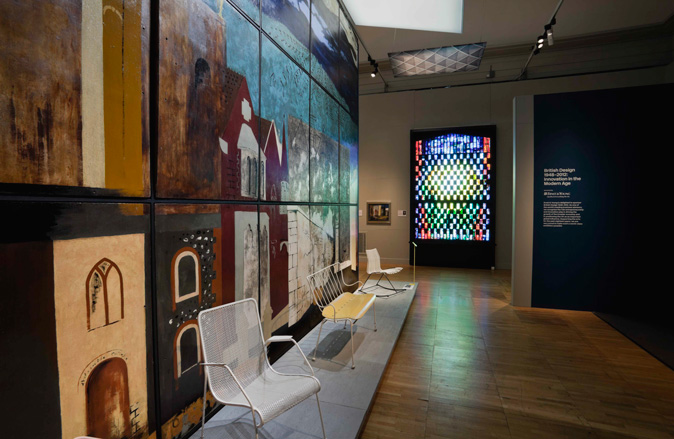
This the first time the subject of British post-war design and art has been tackled on such a scale.
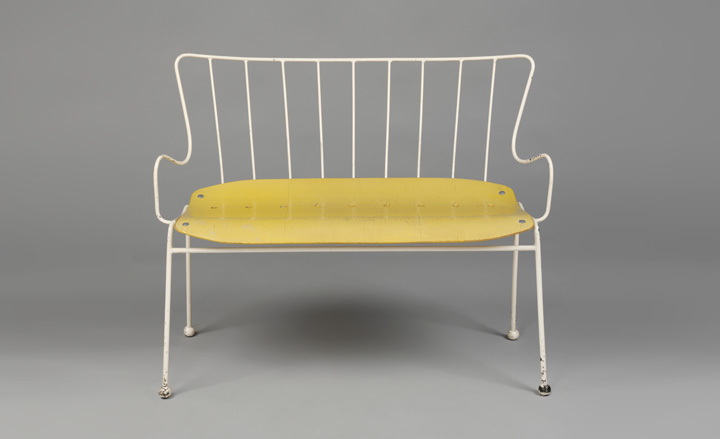
‘Antelope’ outdoor bench, designed by Ernest Race for the Festival of Britain, 1951, manufactured by Race Furniture.
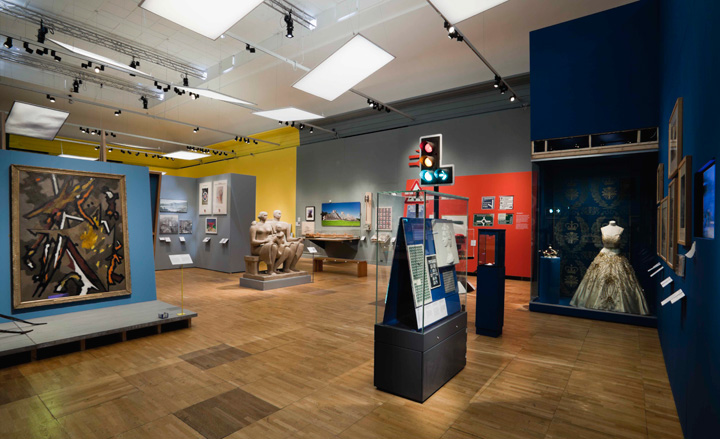
The narrative of the show, bolstered by over 350 objects - 250 harvested from the V&A’s archive collection - focusses on the country's key design innovations, spanning everything from fashion, furniture, fine art, graphic design, photography and ceramics, to architecture and industrial products.
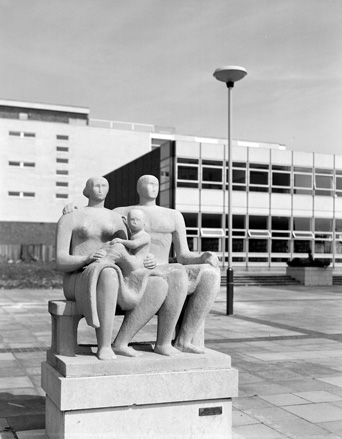
‘The Family’ by Henry Moore, 1954, in Harlow town centre.

Children crossing sign, designed by Margaret Calvert and Jock Kinneir for the Ministry of Transport, 1964.
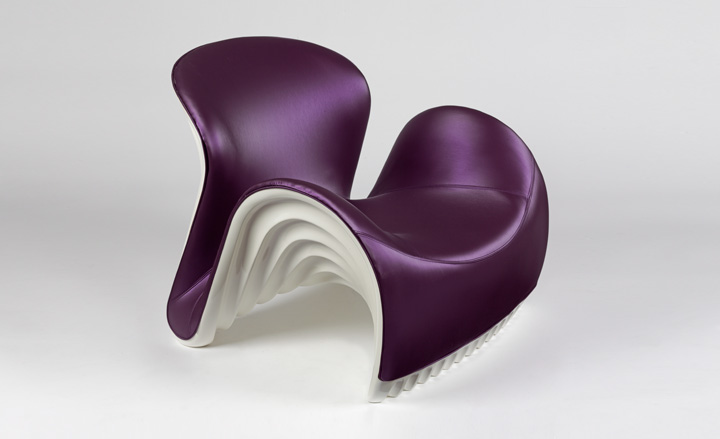
‘Torsion’ chair, designed and made by Brian Long, 1971.
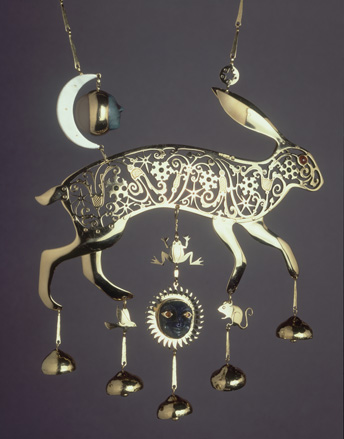
Hare jewel from ‘Masquerade’, Kit Williams, 1979
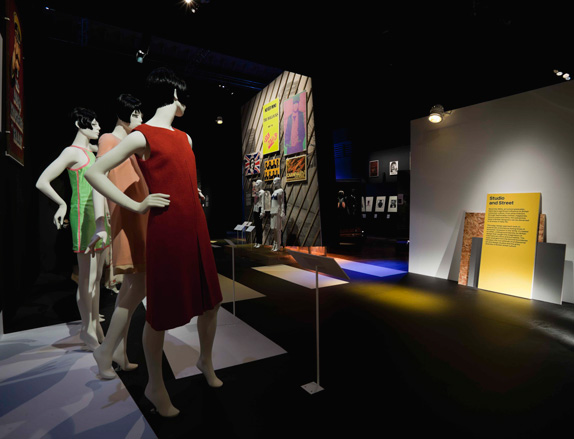
In part two of the exhibition, 'Subversion' focuses on the British art school system and the street and studio practices that have come out of this.
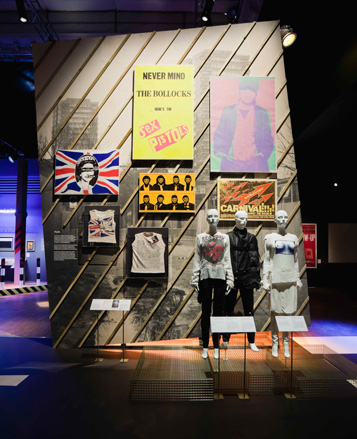
This section explores the British design sensibility in the areas of fashion, fashion photography, graphics and style.
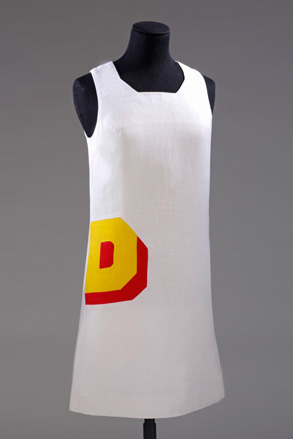
‘Double-D’ mini dress, designed and made by Foale & Tuffin, 1966.

Evening gown, designed by Alexander McQueen, autumn-winter 2009
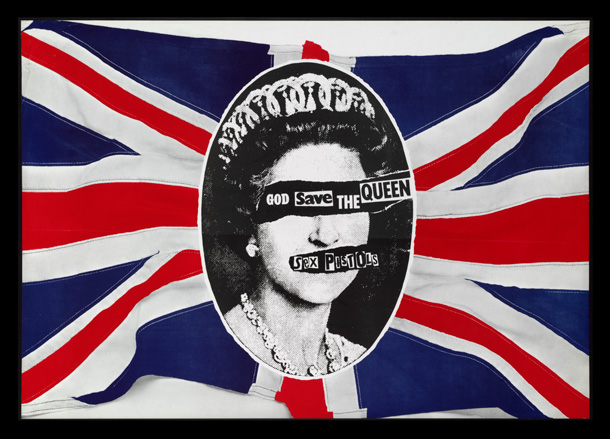
‘God Save the Queen’, poster promoting the Sex Pistols, designed by Jamie Reid, 1977
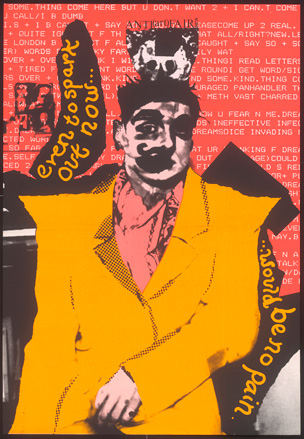
‘Even to spark out now would be no pain’, poster promoting the ‘Anti-Art Fair’, with a portrait of Trojan, designed by John Maybury, 1986.
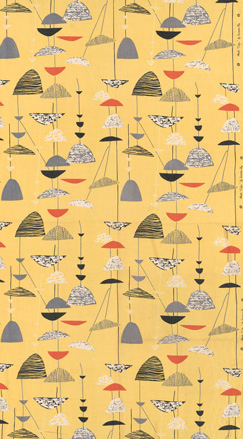
‘Calyx’, furnishing fabric, designed by Lucienne Day, 1951,
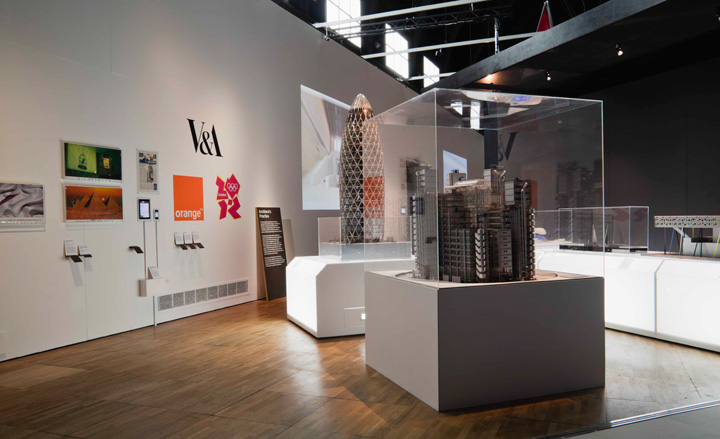
'Innovation and Creativity' surveys the rise, then decline of British manufacturing, new technologies, and architecture.
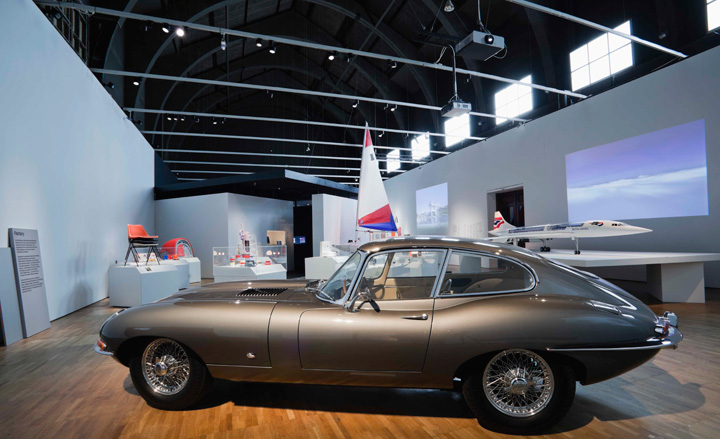
The story of manufacturing in Britain is seen in the likes of a 1961 Jaguar E-Type (pictured) and six-metre model of the Concorde.
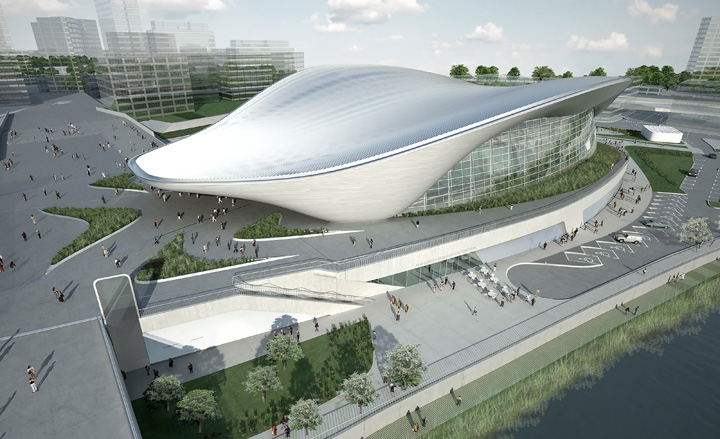
Aquatics Centre for the London 2012 Olympic Games, designed by Zaha Hadid Architects, completed 2011; shown as it will appear after the games have finished
ADDRESS VIEW GOOGLE MAPS
Cromwell Road
London SW7 2RL
TELEPHONE 44. 207 942 20 00
Receive our daily digest of inspiration, escapism and design stories from around the world direct to your inbox.
-
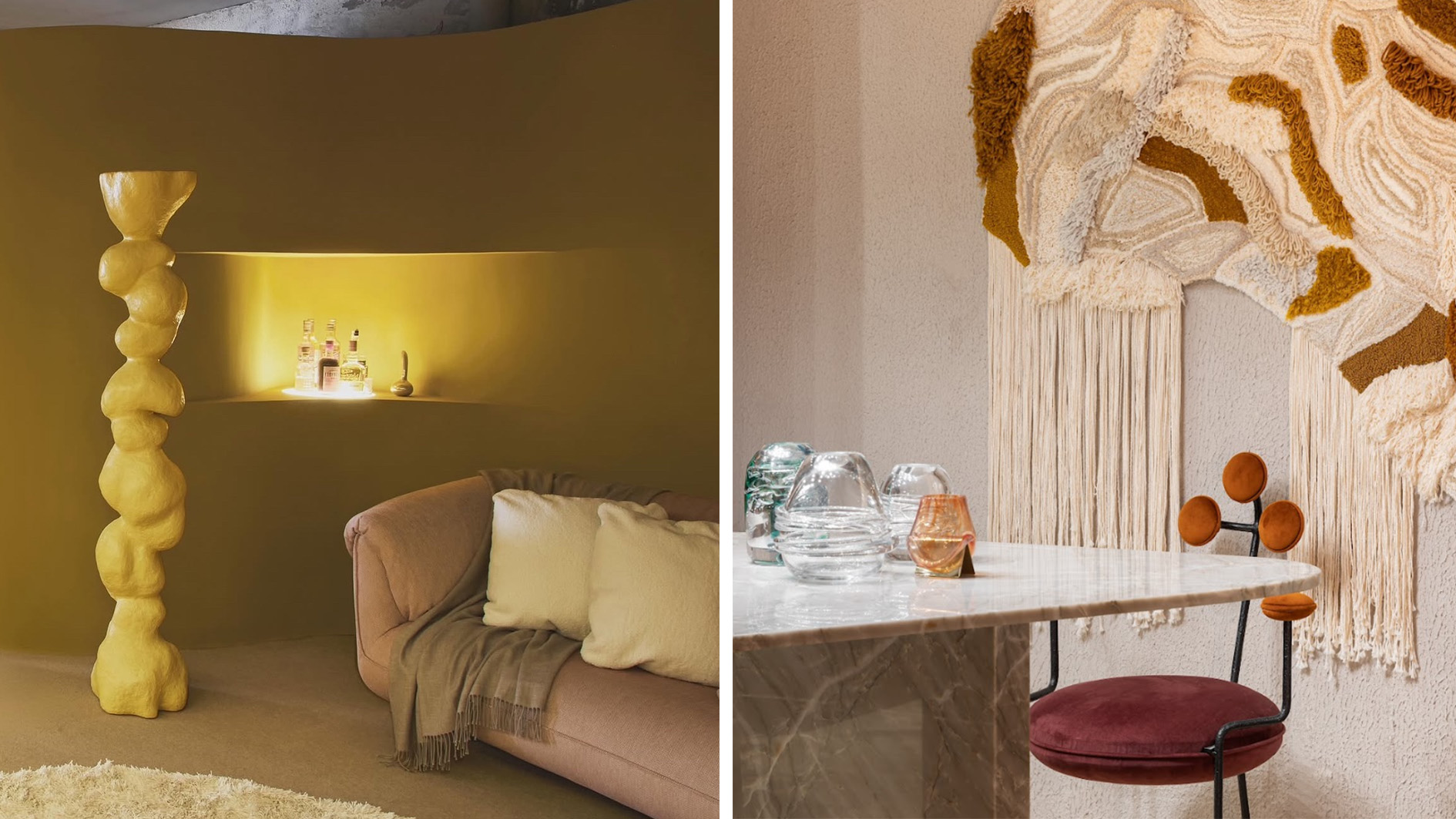 Brazilian design has a new home in London
Brazilian design has a new home in LondonTomorrow (October 16 2025), JIG Studio lands in London. The design collective will serve as a gallery, retail destination and cultural platform for Brazilian creatives
-
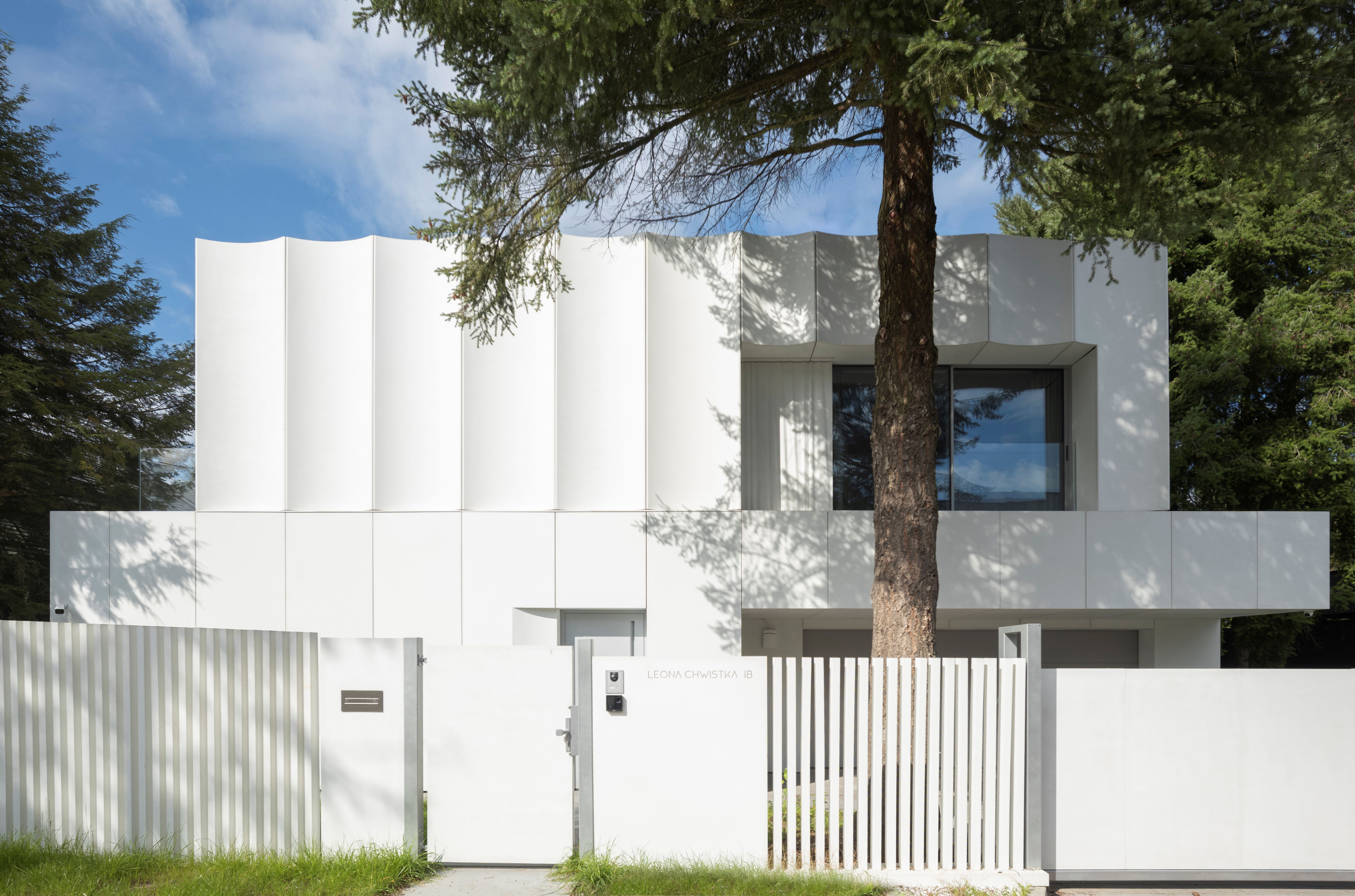 Like a modernist iceberg, this Krakow house has a perfectly chiselled façade
Like a modernist iceberg, this Krakow house has a perfectly chiselled façadeA Krakow house by Polish architecture studio UCEES unites brutalist materialities with modernist form
-
 Leo Costelloe turns the kitchen into a site of fantasy and unease
Leo Costelloe turns the kitchen into a site of fantasy and uneaseFor Frieze week, Costelloe transforms everyday domesticity into something intimate, surreal and faintly haunted at The Shop at Sadie Coles
-
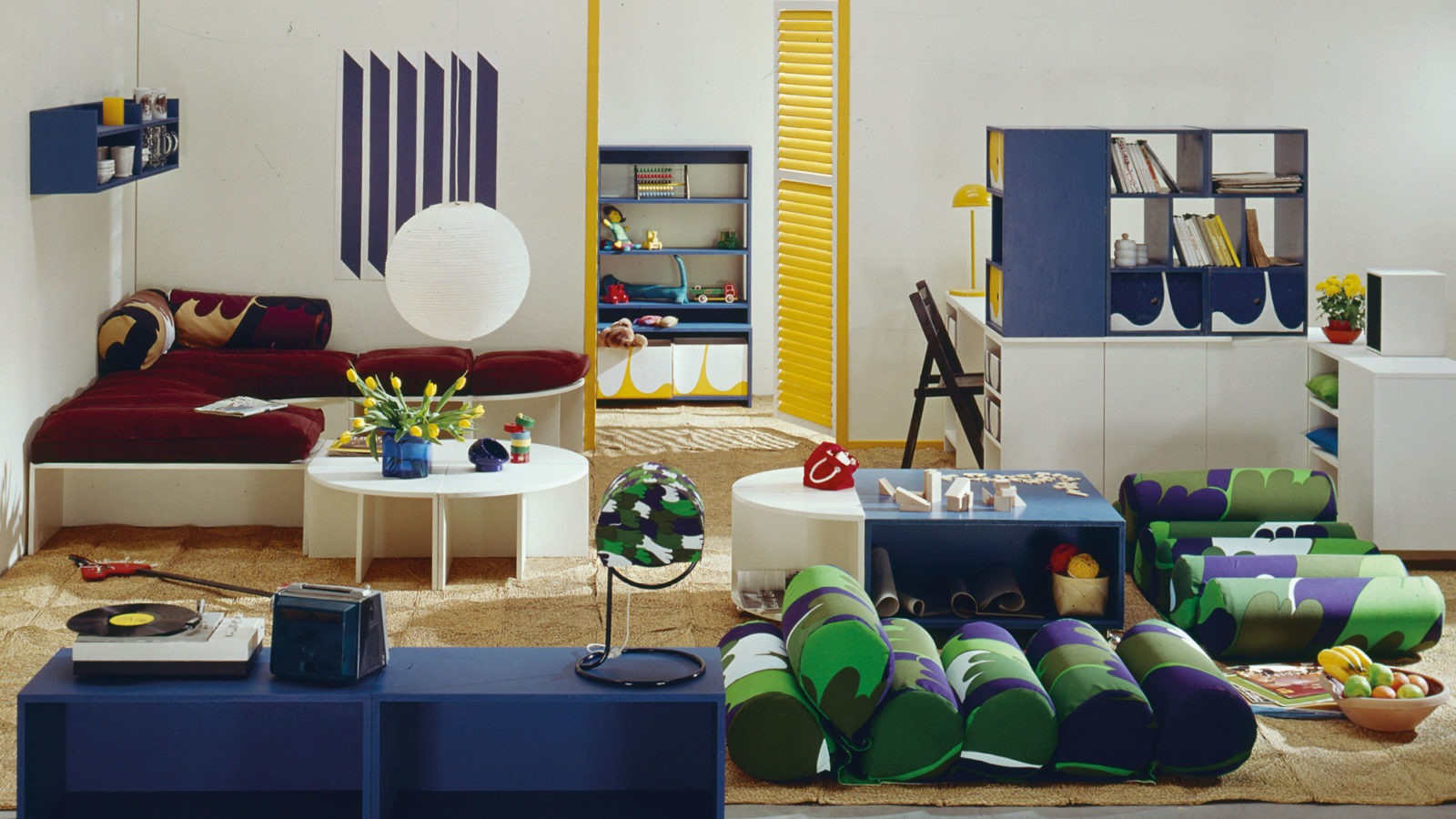 ‘The point was giving ordinary people access to bold taste’: how Ikea brought pattern into the home
‘The point was giving ordinary people access to bold taste’: how Ikea brought pattern into the home‘Ikea: Magical Patterns’ at Dovecot Gallery in Edinburgh tells the story of a brand that gave us not only furniture, but a new way of seeing our homes – as canvases for self-expression
-
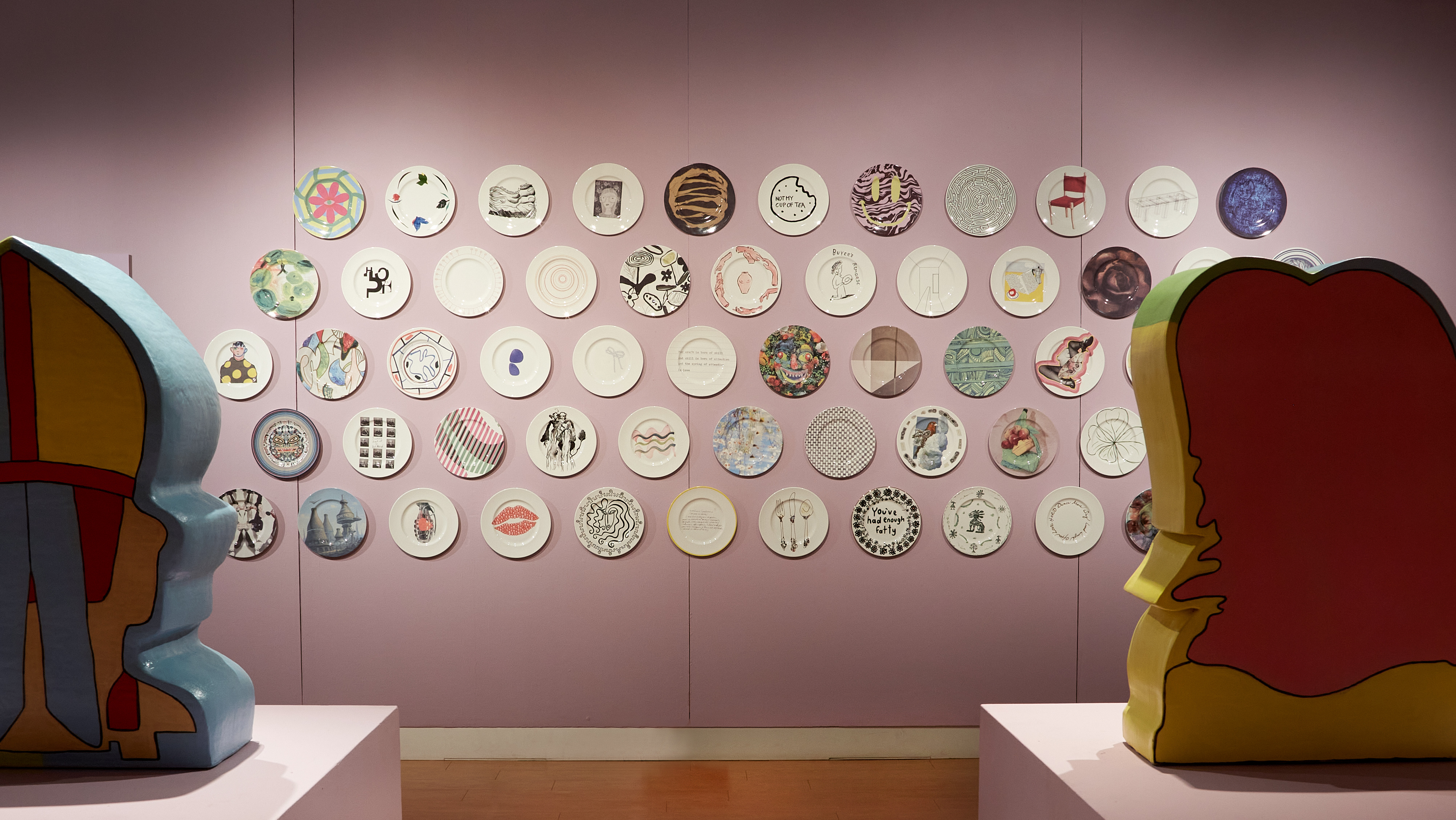 ‘100 Years, 60 Designers, 1 Future’: 1882 Ltd plate auction supports ceramic craft
‘100 Years, 60 Designers, 1 Future’: 1882 Ltd plate auction supports ceramic craftThe ceramics brand’s founder Emily Johnson asked 60 artists, designers, musicians and architects – from John Pawson to Robbie Williams – to design plates, which will be auctioned to fund the next generation of craftspeople
-
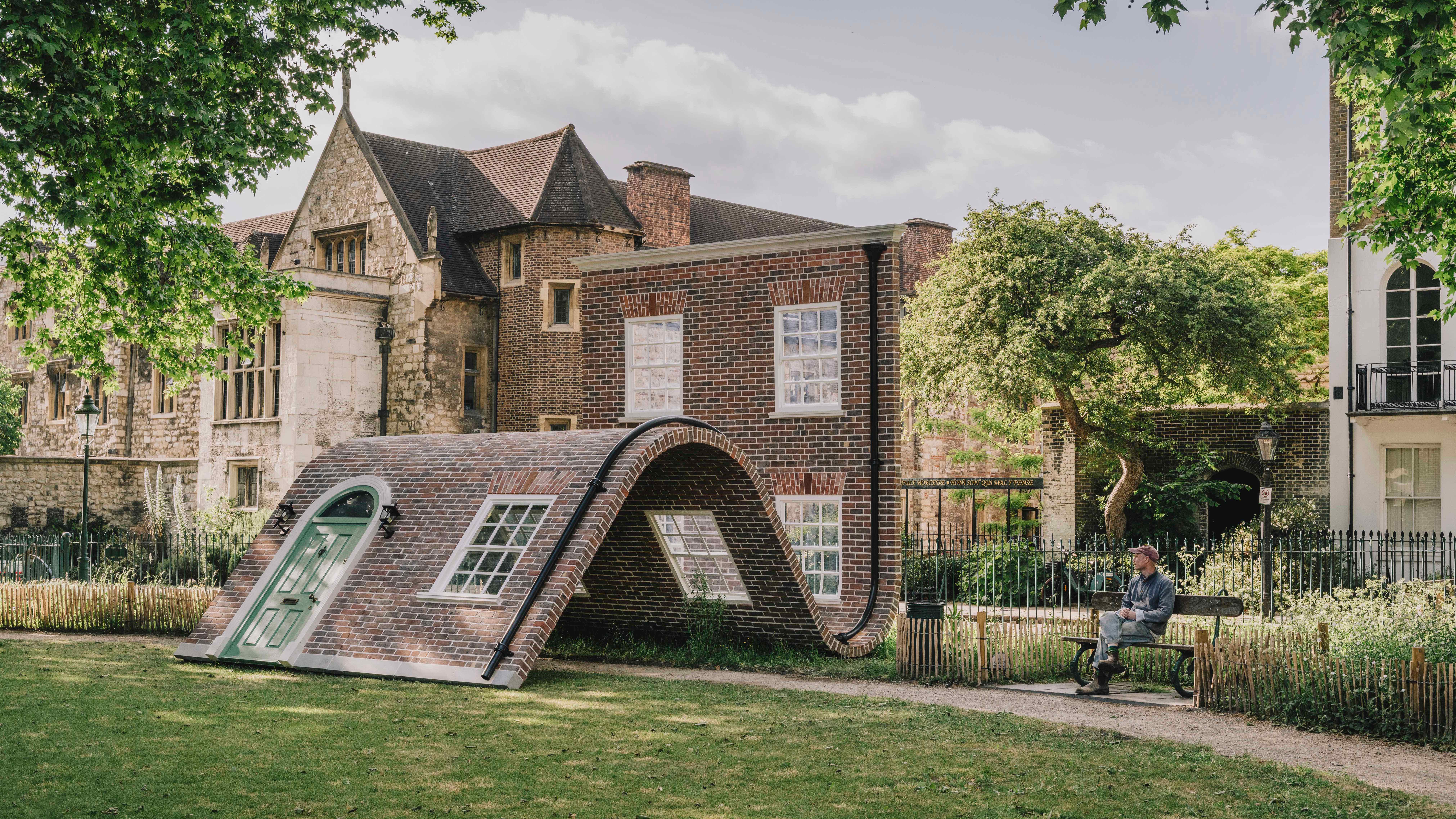 11 things that caught our eye at Clerkenwell Design Week 2025
11 things that caught our eye at Clerkenwell Design Week 2025The Wallpaper* team bring you highlights from London’s Clerkenwell Design Week (20-22 May) – from public installations to product launches and a biscuit bar
-
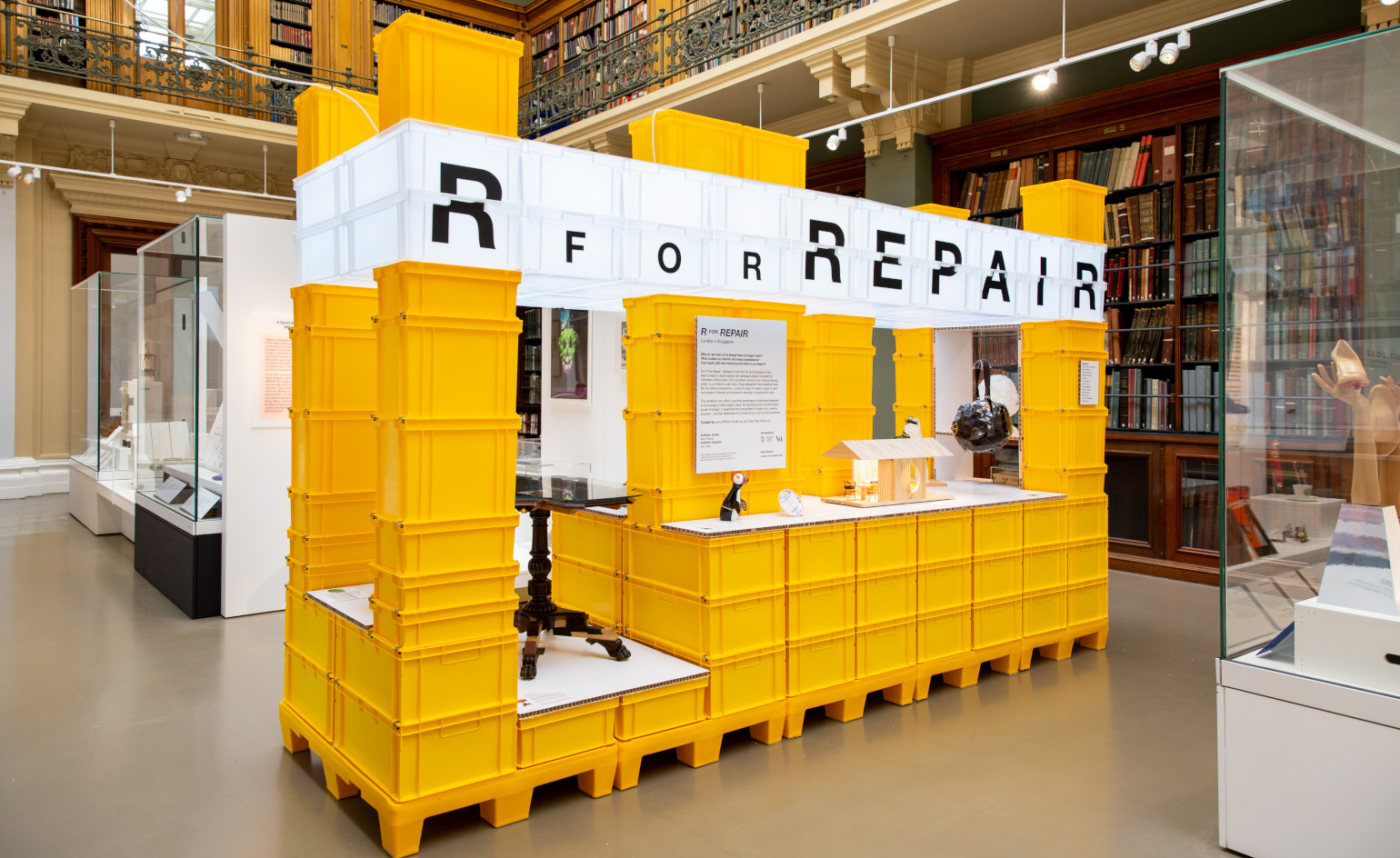 ‘R for Repair’ at London Design Festival displays broken objects, re-formed
‘R for Repair’ at London Design Festival displays broken objects, re-formedIn the second half of a two-part exhibition and as part of London Design Festival 2022, ‘R for Repair’ at the V&A displays broken objects, re-formed
-
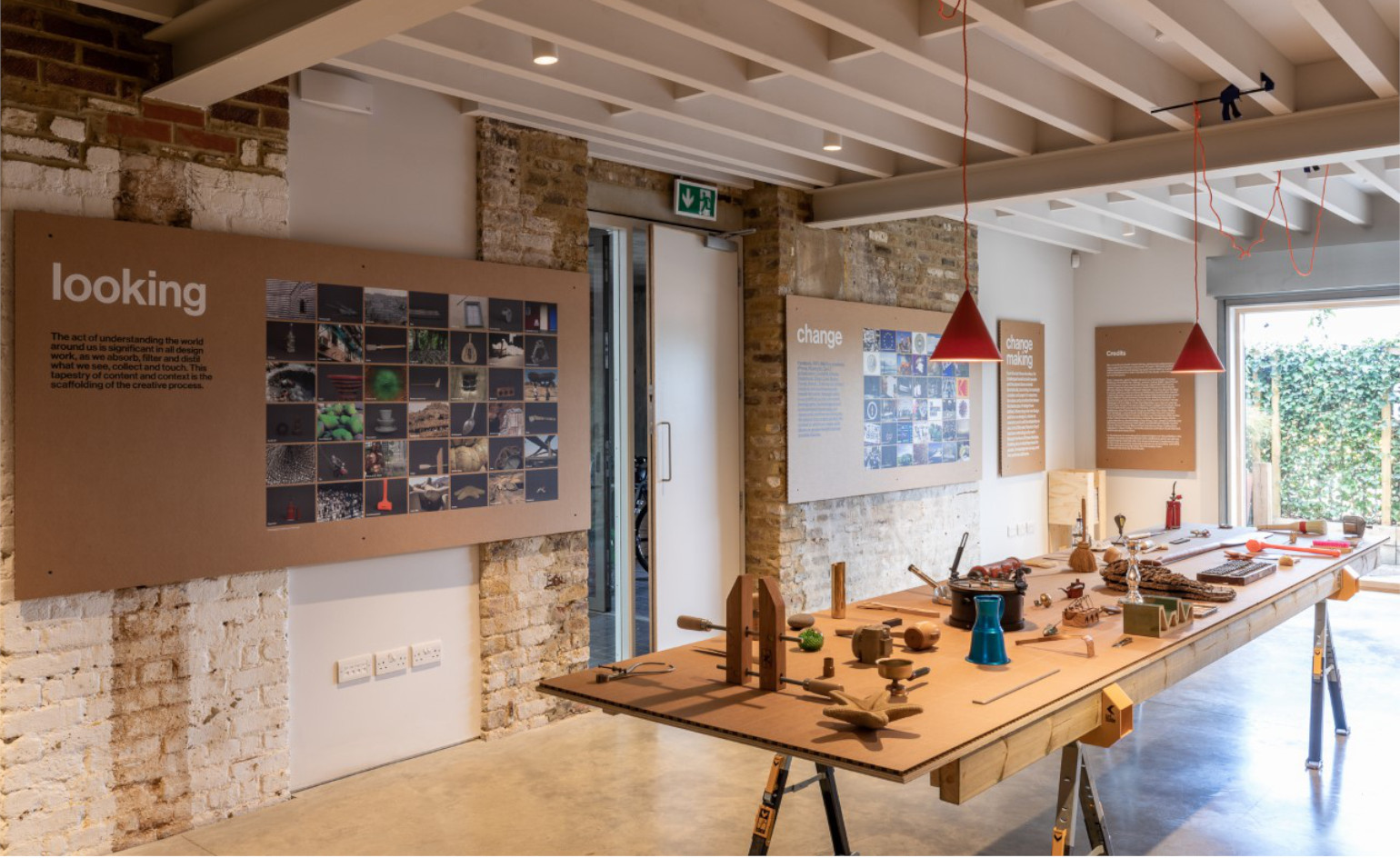 ‘Finding quality through the act of making’: Pearson Lloyd celebrates 25 years of design
‘Finding quality through the act of making’: Pearson Lloyd celebrates 25 years of designPearson Lloyd’s show ‘Change Making’ reflects on past designs from its archives, showcasing the influences on and evolution of the studio, from furniture design to the NHS
-
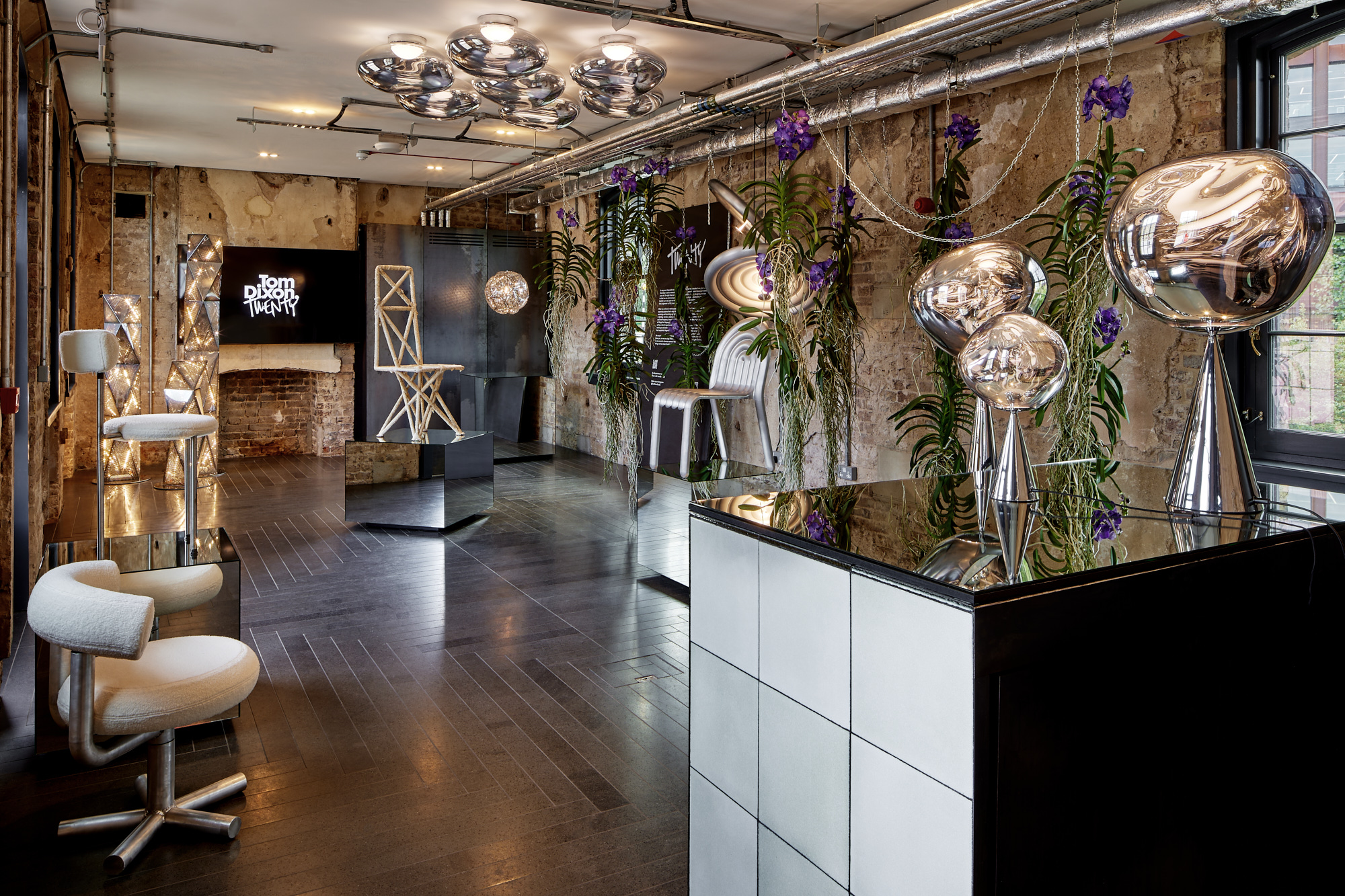 Tom Dixon marks his studio's 20 years with a show of design experiments
Tom Dixon marks his studio's 20 years with a show of design experimentsMushroom, cork, steel coral and more: Tom Dixon showcases an overview of his design experiments as he celebrates his practice's 20 years
-
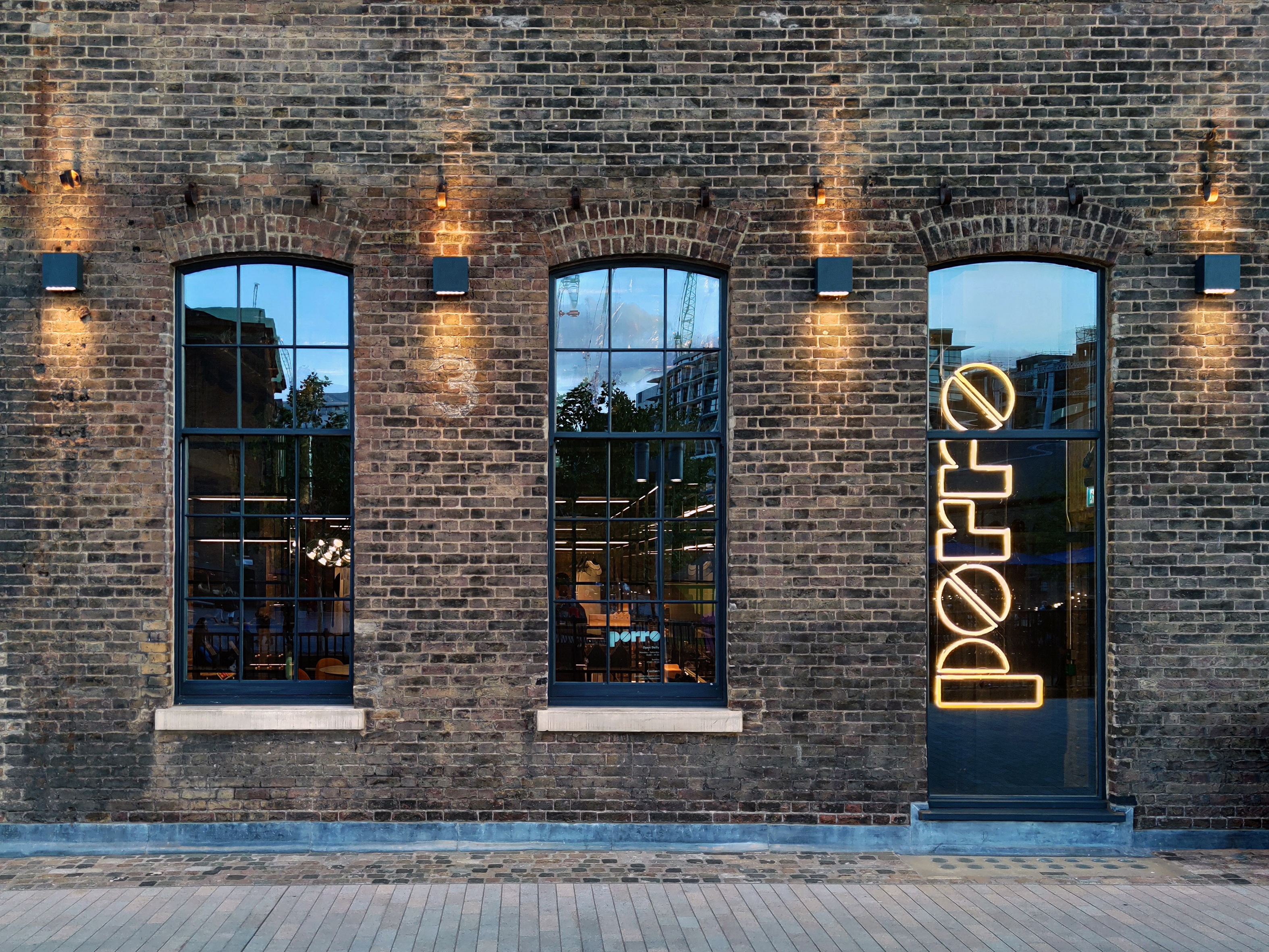 Porro unveils new London showroom at Coal Office
Porro unveils new London showroom at Coal OfficeLondon Design Festival 2022: industrial architecture meets pure geometries in the new Porro showroom, taking over a space within Tom Dixon’s Coal Office to showcase the brand’s systems and furniture
-
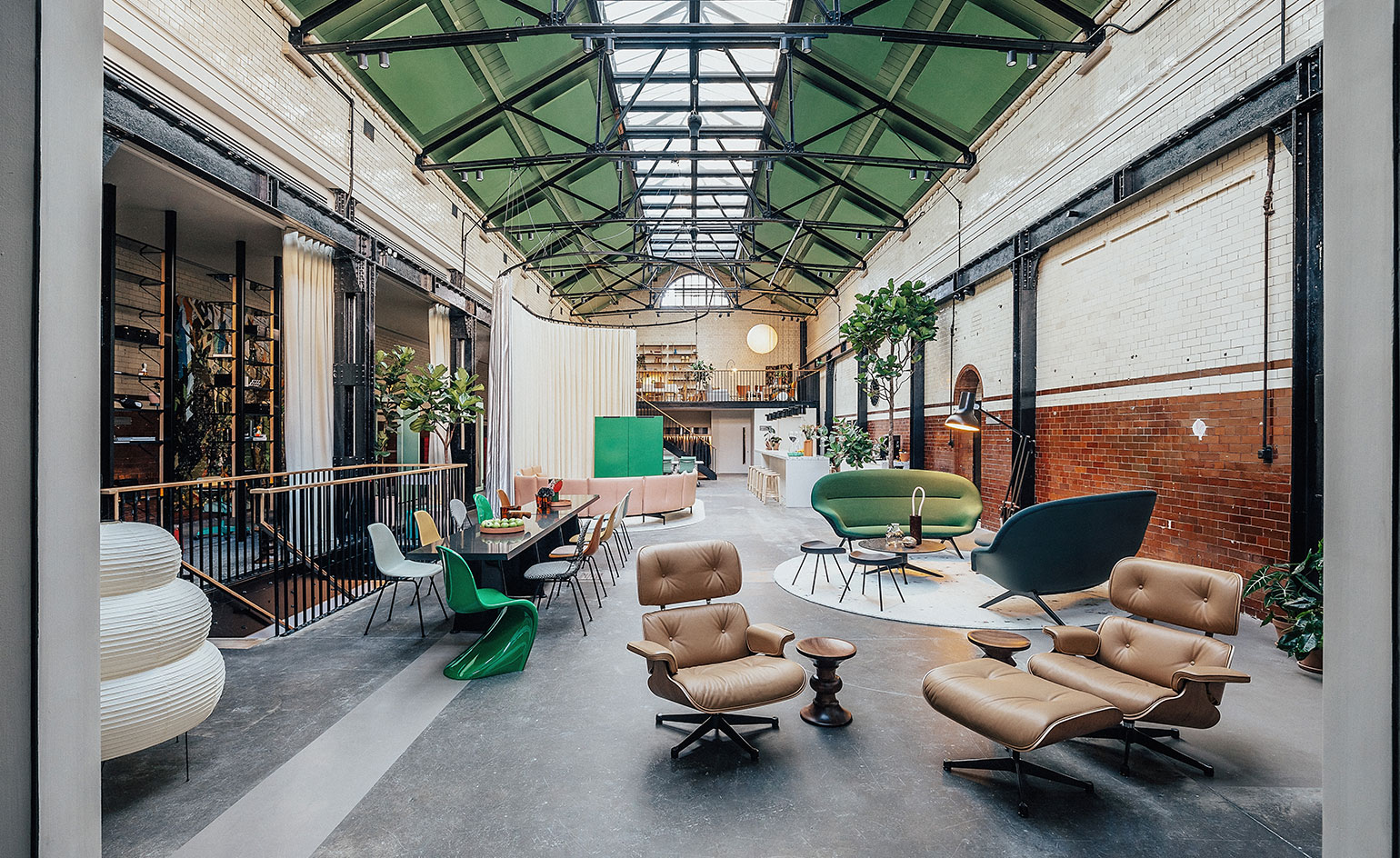 Vitra unveils new London home in the Tramshed, Shoreditch
Vitra unveils new London home in the Tramshed, ShoreditchLondon Design Festival 2022: after a year-long renovation, Vitra opens the door to its new showroom in the heart of Shoreditch